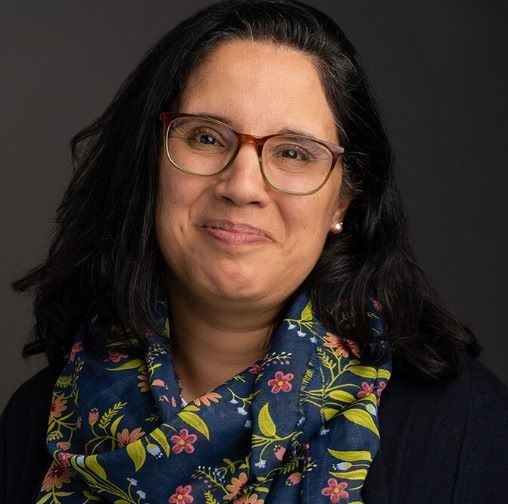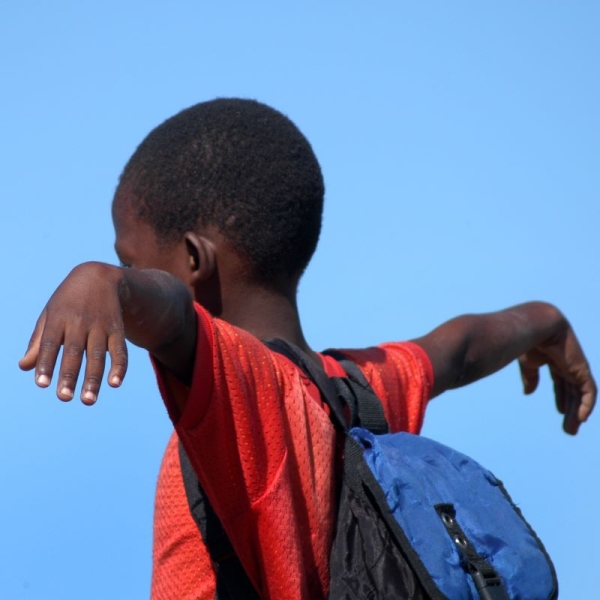26 Sep 2024 — The international female-focused developmental organization CARE highlights that the ongoing draughts in the north of Mozambique is putting a further strain on the already sensitive food insecurity situation in this conflict-affected part of the country. We dive into the details about this rarely talked about nutrition crisis with the country’s CARE director.
“The food insecurity situation in Mozambique is a complex one,” Katia dos Santos Dias, an expert in micronutrient deficiencies, tells Nutrition Insight.
“I don’t think we can say there’s one single cause. Mozambique became independent in 1975 and it is one of the poorest countries in the world. Around 46% of our population still lives below the poverty line, meaning that they have less than US$1 per day and it is quite a complex setting.”
“Around 30% of our population (of close to 33 million), or 9.4 million people, are facing food insecurity, and we, unfortunately, expect that in the next couple of months, the situation will get worse due to the drought that the country is currently facing.”
CARE shares a forecast that by October of this year, 3.3 million Mozambique residents, including 144,000 children and nearly 24,000 pregnant and breastfeeding women, will need specialized malnutrition treatment. Of these, 1.3 million are in the northern conflict-affected regions of Cabo Delgado and Nampula.
Food insecurity key causes
Dos Santos Dias highlights that one key long-term cause of food security issues in the country is “the very high rural population.”

Katia dos Santos Dias, CARE director for Mozambique.“More than 60% of our population is still rural. Those living rurally are more isolated and don’t have access to markets. Most of these people are engaged in subsistence agriculture, which is very sensitive to climate shocks — a notable problem in Mozambique,” she details.
“Unfortunately, we also have one of the lowest yields in the world because our agriculture is not very mechanized. We also have, of course, climate change-related issues. We have a country that could be highly productive in terms of agriculture, but because we are still very undeveloped, we don’t use those resources.”
Concerning the country’s development, she states that the GDP is growing slowly and that it has stagnated in the last couple of years. “This puts us in a situation where we are even dependent on food imports.”
She explains that poor access to health and underdeveloped infrastructure, in a country with a land area more than twice the size of Germany, also have a significant impact on food access for the rural population in particular.
“We have a very rapidly growing urban population, which is putting additional pressure on the country. While there is some migration from rural to urban areas, this is the main cause of the urban growth. This is more so happening because we still have, on average, five children per woman.”
Agriculture challenges and opportunities
Despite the persistent and deep-rooted issues with Mozambique’s agricultural sector and the natural disasters made worse by climate change, there is potential.
”Agriculture is one of the sectors (along with health) that receives significant and steady investment from many, many donors for whom we are very grateful,” says Dos Santos Dias. “However, most of our producers are still in non-mechanized agriculture. They still don’t use improved seeds, which makes it more difficult for them to have a high productivity.”
Making the agricultural sector more productive also raises other questions, she adds. “After the big investments have been made, how can we develop the value chains? How can we link agricultural producers to the market?”
She says that there are already a few positive examples of “dependencies that we have with the exterior being successfully addressed by the government, private sector and development agencies and donors.”
“One example is the poultry value chain in Mozambique. A few years ago, the country was very dependent on imports of chicken. It is one of the sources of animal protein that is widely consumed in Mozambique. The government, the development sector and the private sector created a program that allowed the country’s own domestic production to boom, and now the country is self-sufficient in terms of chicken production,” illustrates Dos Santos Dias.
She adds that the egg sector still needs to be developed internally “because eggs are one of the cheapest animal proteins that we can provide for women and children.”

Education vital for nutrition
Dos Santos Dias argues that another ongoing concern that compounds aggravated nutrition insecurity is the “very low literacy rates,” while also pointing out that “significant gains” have been made since the nation’s independence.
“Around 40% of adults are now what we consider literate,” she says. “The majority of children that get into school make progress, but then they start to drop out for economic reasons. They need to help their parents, or their parents lack the economic means necessary to send them to school.”
“The latest data shows that around 7% of our children in third grade can correctly read and write. Then, we start having children drop out of school. Only a very meager percentage of the children go to elementary school, then to high school and upper education. This constitutes a problem that is the result of our condition.”
The director says that she is “a firm believer that education is the future of a nation.” She explains that while the government has made efforts to invest in education, considering the rapidly growing population that is “scattered everywhere,” ensuring every child’s access to education has proven difficult.
She elaborates that going to school is important to children’s immediate access to food, as well as the alleviation of the country’s food security situation in the long run.
“I’ve been involved in school feeding projects in the past, and I’m a big advocate for school feeding because it will retain children in school. It will improve the quality of education and children’s ability to learn in school. But it also provides a market, a local market, for the small, local producers around the school that a lot of times don’t have access to more organized markets because they are very far away.”
“School feeding is one of those areas that the government is investing in that will help with education, but it will also help the millions of producers we have in the country.”
By Milana Nikolova

